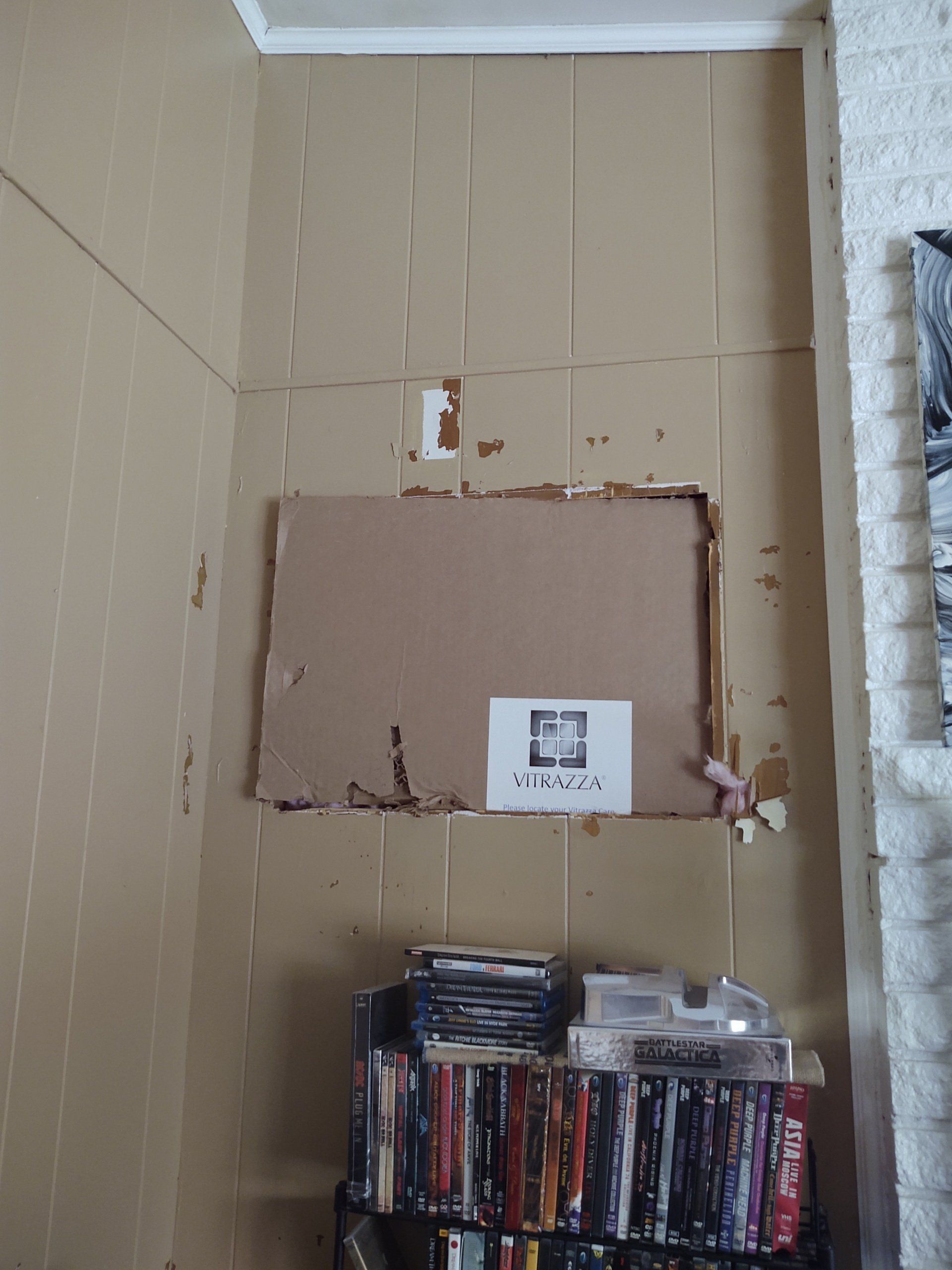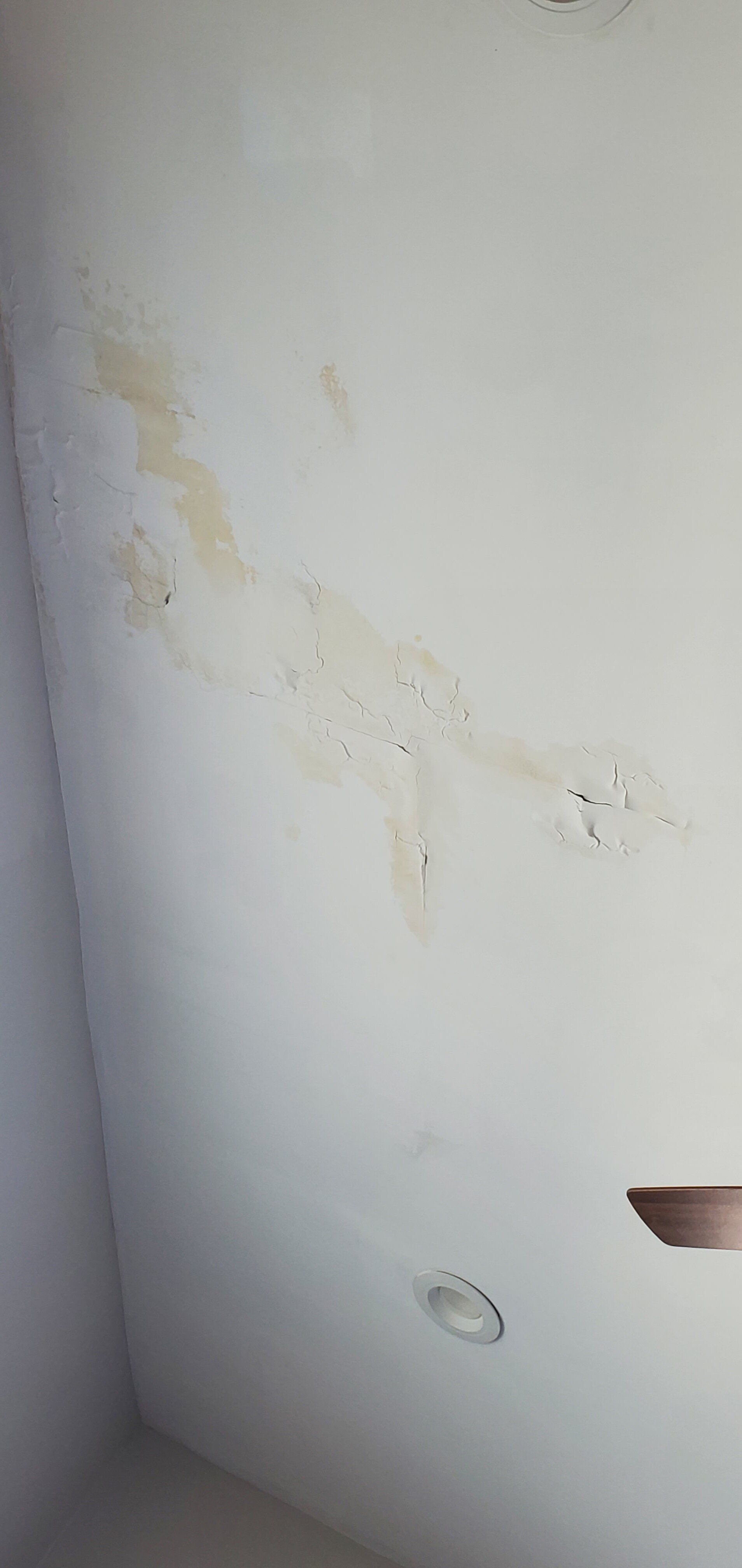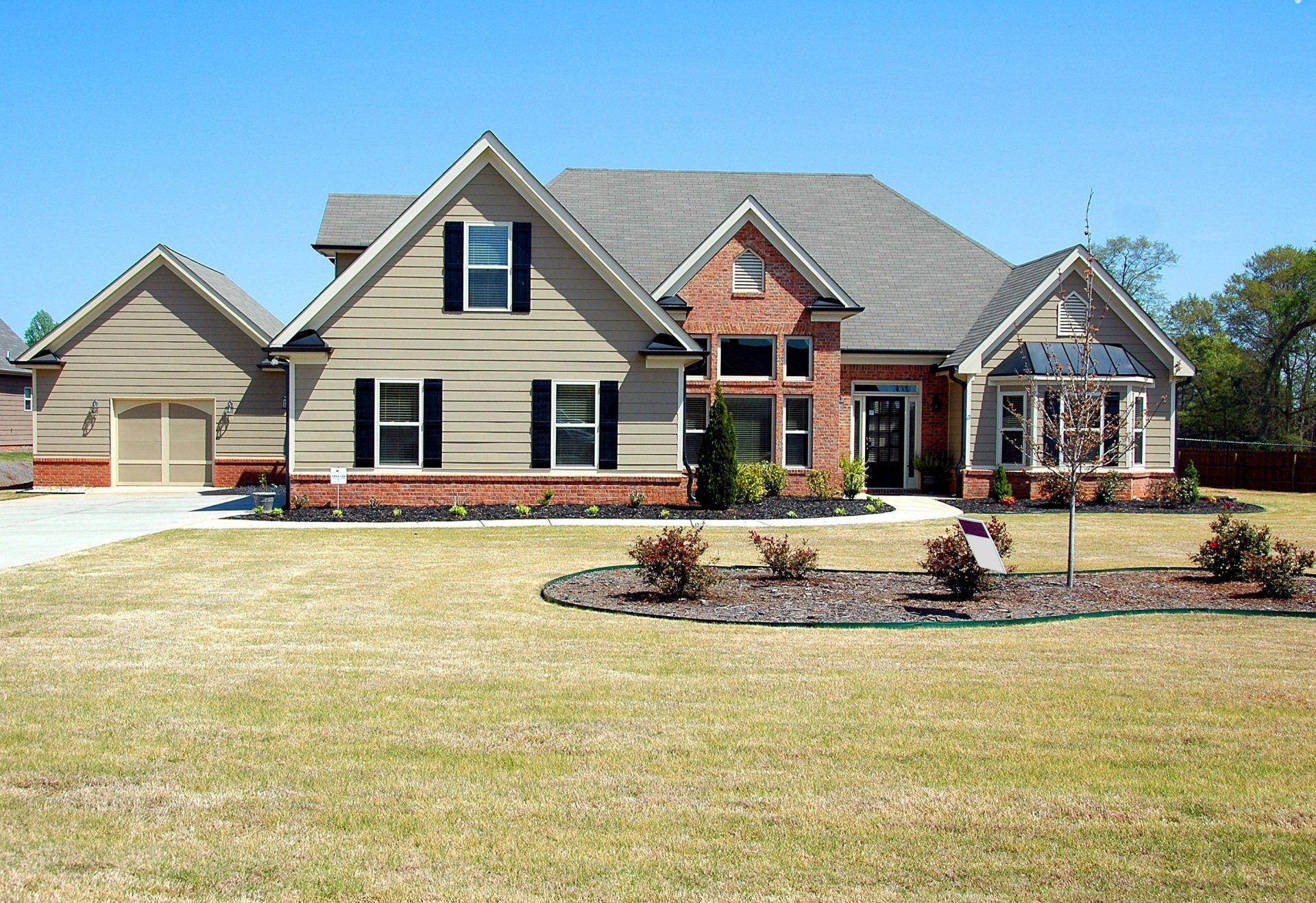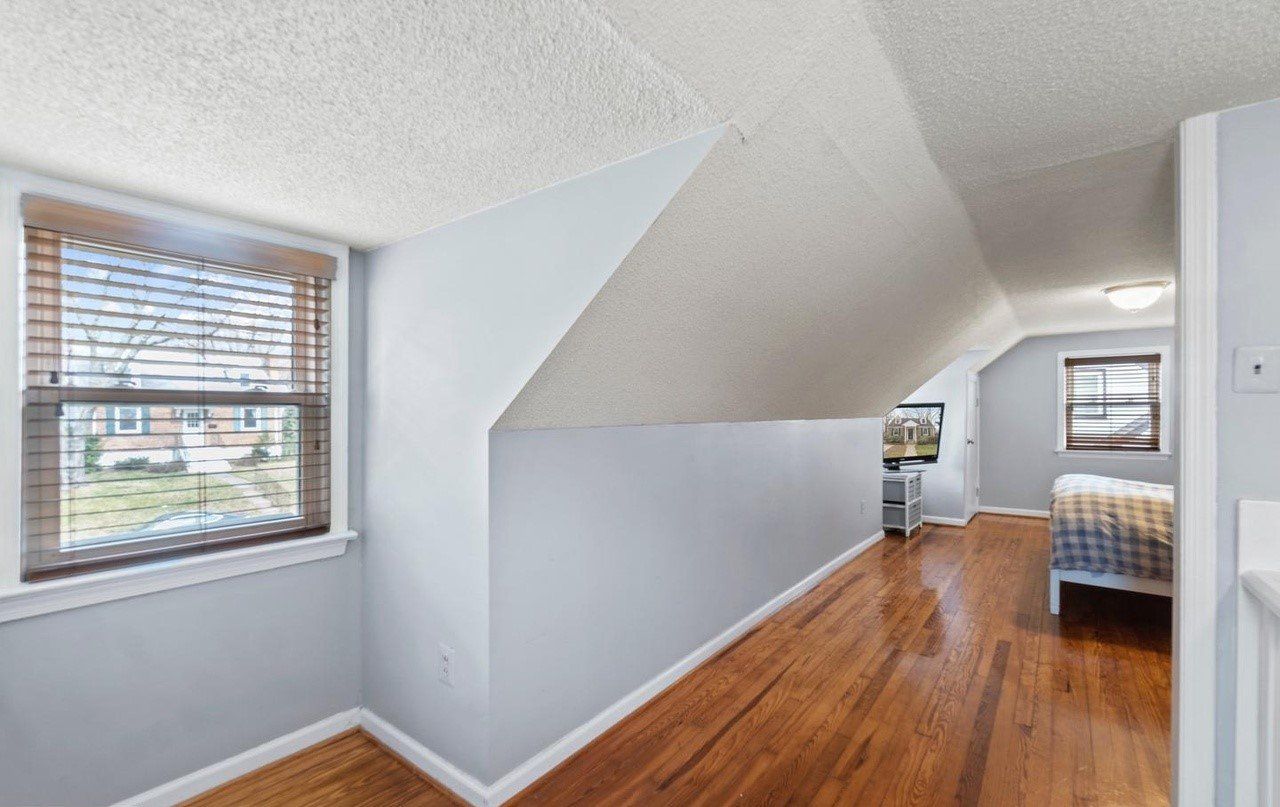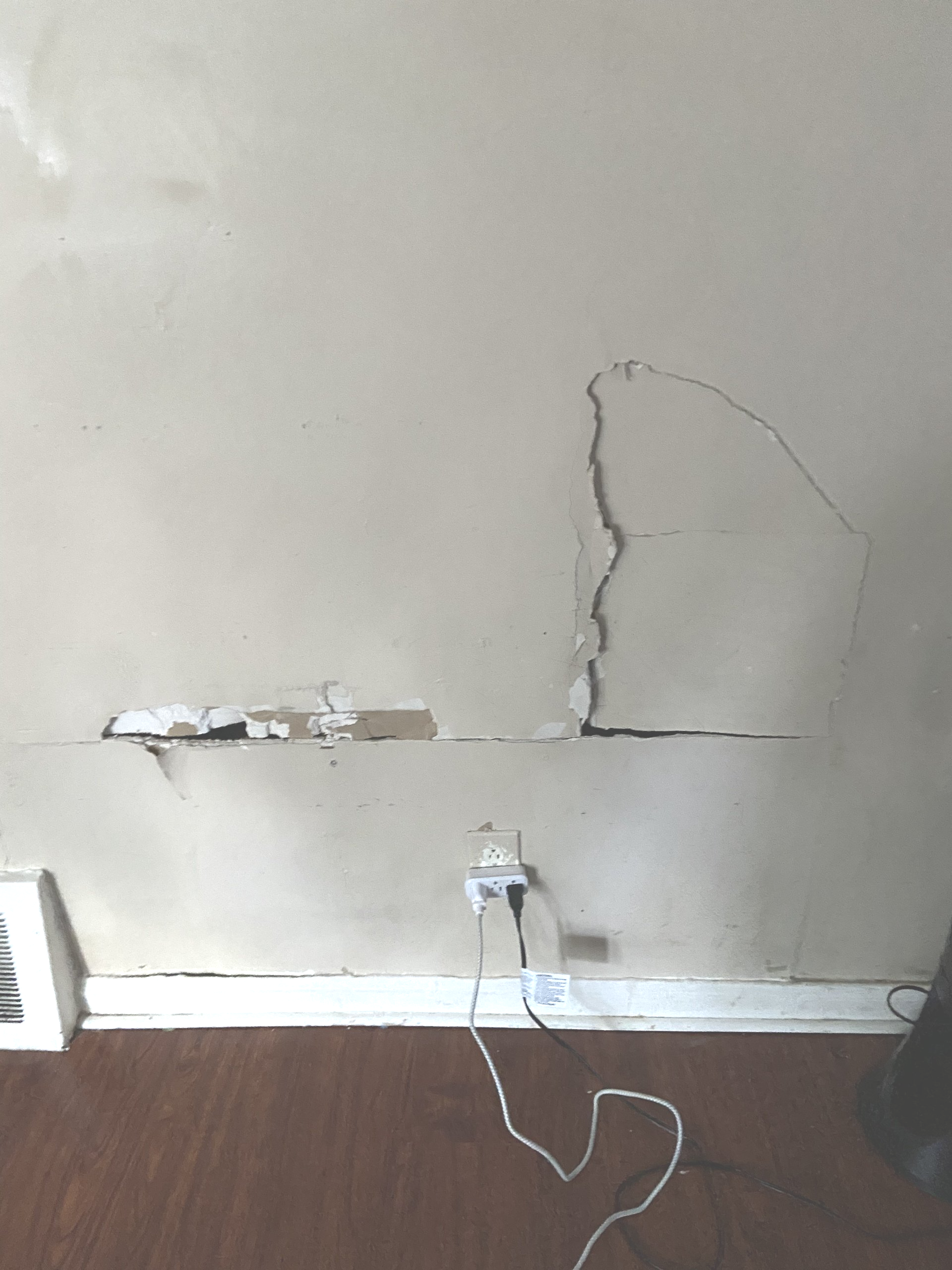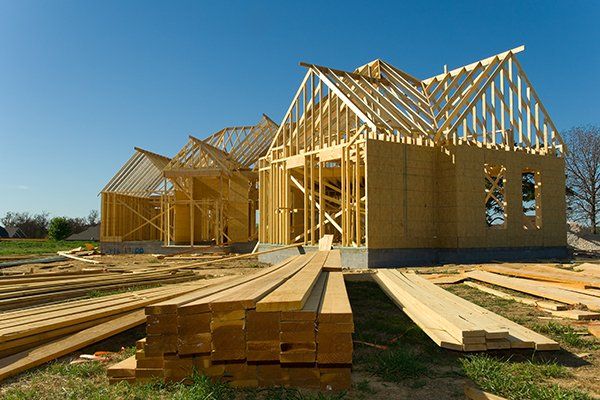Understanding Common Causes of Cracks in Sheetrock
Common Causes and Fixes for Cracks in Sheetrock
Cracks in sheetrock are a common issue that homeowners and property managers often encounter. These cracks can appear on walls and ceilings, marring the aesthetic appeal and potentially indicating underlying problems. Understanding the common causes of cracks in sheetrock is essential for proper maintenance and timely repairs. This article delves into the various factors that contribute to cracks in sheetrock, providing valuable insights for homeowners and tips for maintaining the integrity of your walls and ceilings.
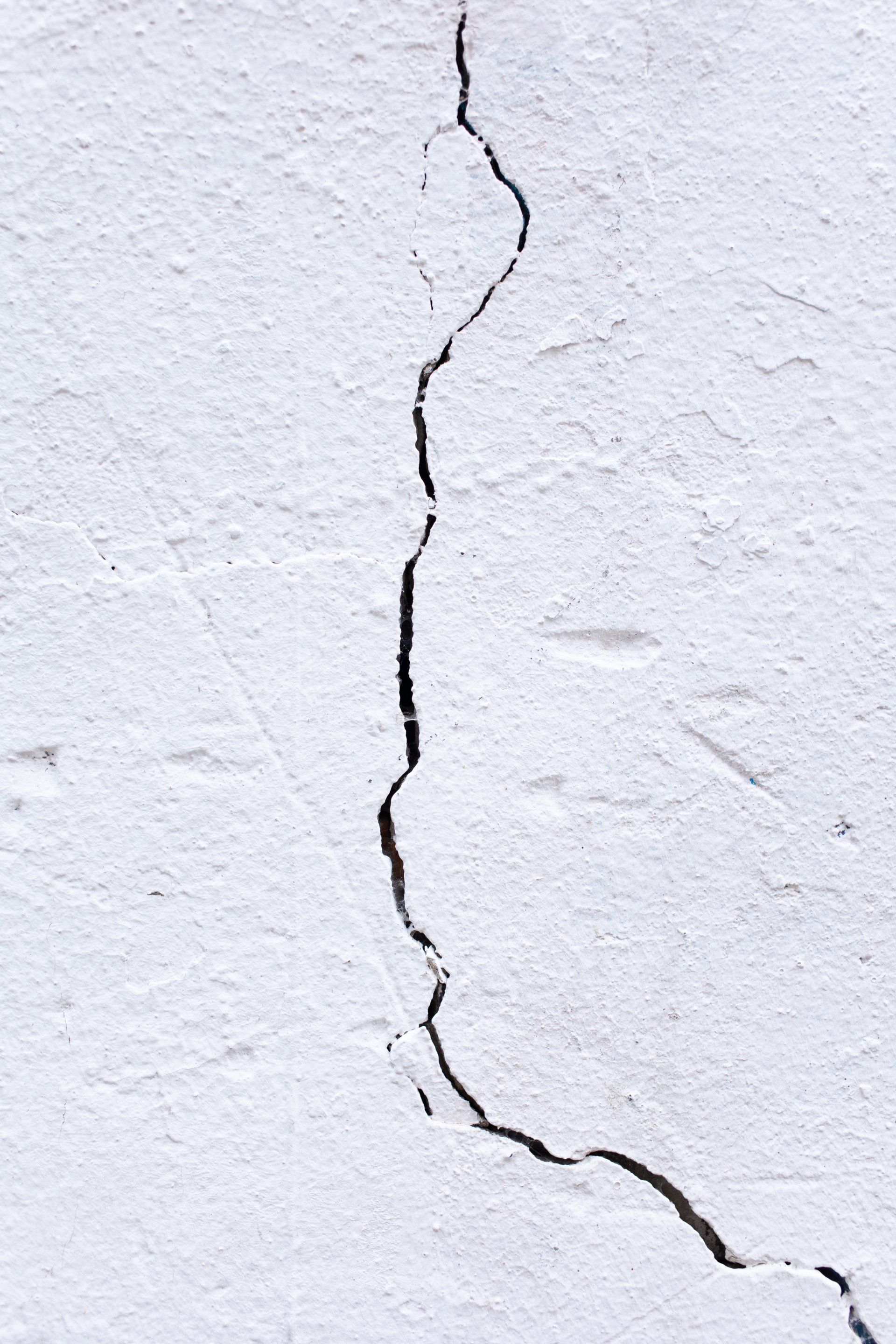
1. Foundation Settling
One of the primary causes of cracks in sheetrock is the settling of the building's foundation. Over time, the ground beneath a structure can shift due to soil movement, causing the foundation to settle unevenly. This movement exerts stress on the walls and ceilings, leading to cracks in sheetrock walls and ceilings. Foundation settling is a natural process, but it can be exacerbated by factors such as poor soil compaction, moisture, and inadequate drainage.
When the foundation settles, it creates differential movement, meaning that different parts of the structure move at different rates. This differential movement causes stress points in the sheetrock, often resulting in visible cracks. Regular inspections and proper foundation maintenance, such as ensuring good drainage and addressing soil compaction issues, can help mitigate this problem.
2. Temperature and Humidity Fluctuations
Temperature and humidity levels can significantly affect the condition of sheetrock. Rapid changes in temperature can cause the materials in the walls and ceilings to expand and contract, resulting in stress that leads to cracks. Similarly, high humidity can cause sheetrock to absorb moisture, weakening its structure and making it more prone to cracking. Cracks in sheetrock ceilings are particularly common in areas with significant seasonal temperature variations.
In regions with harsh winters, the use of heating systems can lead to dry indoor air, causing sheetrock to shrink and crack. Conversely, in humid climates, the excessive moisture in the air can lead to swelling and subsequent cracking. To prevent these issues, it's important to maintain consistent indoor humidity levels and ensure proper insulation and ventilation in your home.
3. Poor Installation Practices
Improper installation of sheetrock can lead to cracks over time. This includes using incorrect materials, inadequate fastening, and failing to properly tape and mud the joints. When sheetrock is not installed correctly, it is more susceptible to cracking under normal wear and tear. Ensuring that sheetrock is installed by experienced professionals can significantly reduce the likelihood of cracks developing.
Properly securing sheetrock panels with the right type of fasteners, spacing them correctly, and using high-quality joint compound can all contribute to a durable and crack-free finish. Additionally, experienced installers know how to handle sheetrock around doors, windows, and other structural elements where movement is more likely to occur.
4. Structural Movement
Buildings naturally move and shift due to various factors such as wind, vibrations, and seismic activity. These movements can cause stress on the sheetrock, leading to cracks. While minor movements are normal and typically not a cause for concern, significant structural shifts can result in more pronounced cracks. Regular inspections can help identify potential issues early on and prevent more extensive damage.
In areas prone to earthquakes or strong winds, additional measures such as reinforcing walls and ceilings can help mitigate the impact of structural movement on sheetrock. Using flexible joint compounds and reinforcing tape can also help accommodate minor movements without resulting in cracks.
5. Water Damage
Water damage is a common culprit behind cracks in sheetrock. Leaks from roofs, plumbing issues, or high humidity levels can cause sheetrock to weaken and crack. Cracks in sheetrock ceilings are often a telltale sign of water damage, especially if accompanied by discoloration or staining. Addressing the source of water damage promptly and repairing the affected sheetrock is crucial to prevent further deterioration.
Water damage can lead to mold growth, which further weakens the sheetrock and poses health risks. Ensuring that your home is properly waterproofed, promptly fixing leaks, and using moisture-resistant sheetrock in areas prone to dampness can help prevent these issues.
6. Natural Aging
Over time, sheetrock can develop cracks simply due to aging. As the materials in the walls and ceilings age, they can become brittle and less flexible, making them more susceptible to cracking. Regular maintenance and timely repairs can help extend the lifespan of sheetrock and maintain its appearance.
Aging sheetrock may also be affected by previous repairs or renovations, where different materials have been used. Ensuring that any new work integrates well with the existing structure can prevent future cracks from forming.
Fixing Cracks in Sheetrock
Understanding the causes of cracks in sheetrock is the first step toward effective maintenance and repair. Fixing a crack in sheetrock can often be a straightforward task if addressed early. For minor cracks, applying joint compound and sanding smooth can be an effective solution. However, for more extensive damage, it may be necessary to replace sections of the sheetrock.
For those wondering about the best way to fix cracks in sheetrock, it's often advisable to consult with a
professional drywall contractor. They can assess the extent of the damage and recommend the most appropriate repair methods. Fixing cracks in sheetrock walls and ceilings promptly can prevent further issues and maintain the structural integrity of your property.
Professional contractors often use advanced techniques such as mesh tape for reinforcing joints and flexible joint compounds that can withstand minor movements. These methods ensure a long-lasting repair that blends seamlessly with the existing sheetrock.
Preventive Measures
Preventing cracks in sheetrock involves a combination of proper installation, regular maintenance, and addressing underlying issues such as foundation settling and moisture control. Here are some preventive measures to consider:
Foundation Maintenance: Ensure proper drainage around your home, use soil compaction techniques during construction, and regularly inspect for signs of foundation movement.
Climate Control: Maintain consistent indoor humidity levels, use dehumidifiers in damp areas, and ensure proper insulation to prevent temperature fluctuations.
Quality Installation:
Hire experienced professionals for sheetrock installation, use high-quality materials, and follow best practices for fastening and joint finishing.
Waterproofing: Protect your home from water damage by repairing leaks promptly, using moisture-resistant sheetrock in vulnerable areas, and ensuring good ventilation.
Regular Inspections:
Conduct regular inspections of your home’s walls and ceilings, looking for early signs of cracks and addressing them promptly.
Conclusion
Cracks in sheetrock can arise from various causes, including foundation settling, temperature fluctuations, poor installation, structural movement, water damage, and natural aging. By understanding these common causes, homeowners can take proactive steps to prevent and address cracks, ensuring the longevity and appearance of their sheetrock walls and ceilings. Whether you're dealing with a crack in sheetrock ceiling or walls, addressing the issue promptly and professionally is key to maintaining a beautiful and durable interior.
Remember, fixing a crack in sheetrock is not just about aesthetics; it’s about maintaining the structural integrity of your home. By investing in proper installation, regular maintenance, and timely repairs, you can ensure your sheetrock remains in excellent condition for years to come.
Ready to work with Fort Worth Drywall Contractor Services?
Let's connect! We’re here to help.
Send us a message and we’ll be in touch.
Or give us a call today at 111-222-3333
Agency Contact Form
We will get back to you as soon as possible
Please try again later
More Marketing Tips, Tricks & Tools

©Fort Worth Drywall Contractor Services
Get In Touch
© 2004 | Powered by UpShot
